As riders we often demand from the horse that he respect our personal space by not pushing into us, walking too closely or otherwise intruding and creating a situation for injuries. But do we extend the same expectation of being self-aware of our own body in space and time?
This last weekend I had the pleasure of spending four hustling and bustling days at the Midwest Horse Fair in Madison, Wisconsin. I participated in the Bashkir Curly breed demo with Jobi, as a last minute invitation was extended to us. I also helped a few friends at the fair with their own commitments and had the chance to help hold horses for the Saturday night show as well as practice on Thursday evening. So many horse friends and chances to listen to new ideas and thoughts on horsemanship.
For anyone who has attended a horse fair, you will know that along with lots of beautiful horses comes untold numbers of tack and equipment vendors. At the Midwest Horse Fair the majority are grouped into the Alliant Energy Center where it is aisle after aisle of every kind of horse tack, gift, clothing and therapy imaginable.
You may notice this on a busy day at the local grocery store, walking down these aisles became hit and miss as far as navigating through the mass of people. Most people appeared as though they had no idea where they were at, where they were headed, or what was around them. Almost as if they were on sensory overload – which may very well have been the case considering all of the horse tack..
It was not infrequent that someone would be wandering and cut others off without realizing – as though they had blinders on. Or they would stop mid-aisle in just such a way that there was almost but not quite enough room to get around either side of them.
During this moment of navigating I started thinking about our own awareness of our body in space and time, and even self-awareness of our actions as riders. Perhaps this is the greatest blockade in our learning curve. It can help prevent us from having the balanced seat, independent aids, light hands and proper timing. We can allow our minds to take us away from what is happening in the here and now, or to shut us off from what is happening around us in the moment.
And where does the horse fit into all of this? If we are unaware of our body or the moment can we also be blocking the horse from being able to perform what it is we are asking of him? I would argue yes. This may be the biggest area to overcome in the key to clear communication with the horse. If we are aware of our body in every way then when we communicate we will be able to align every aid and our own position in space in time to support the horse in performing the request rather than giving mixed signals.
Next time you are in a busy store take a moment to look around. How are people responding to each other as they attempt to move around and navigate the masses, and how are you interacting or not interacting with people yourself?
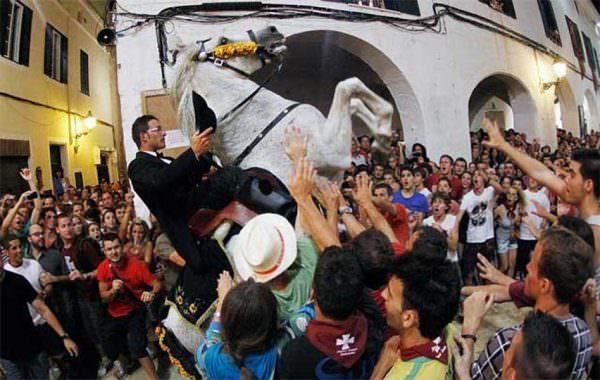

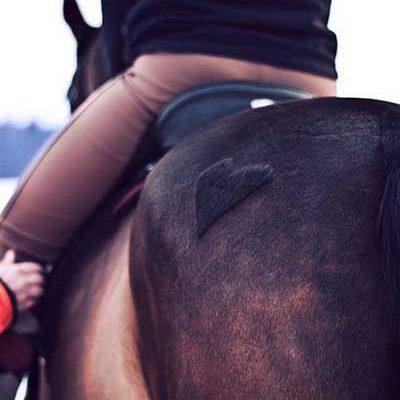
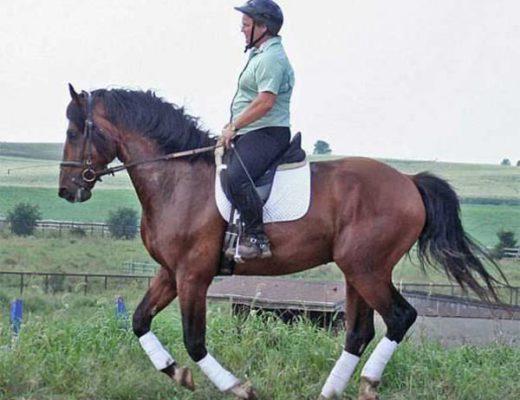
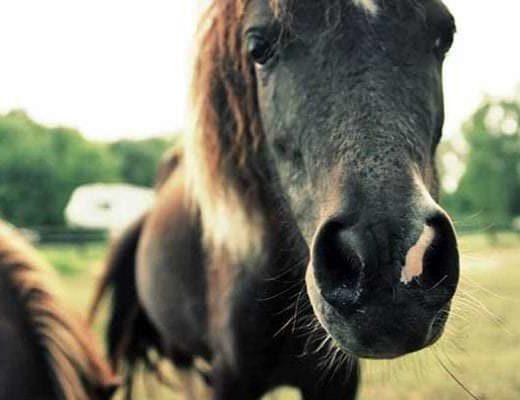
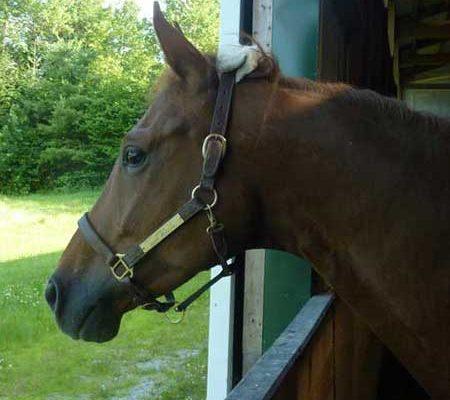
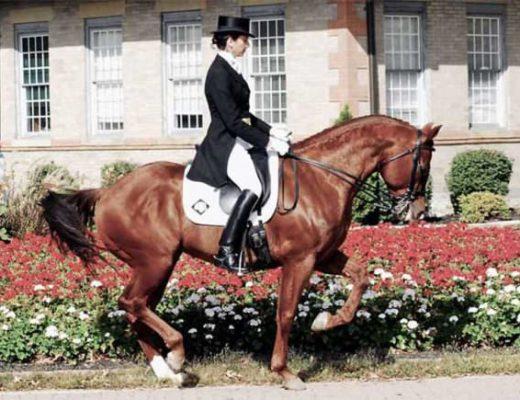
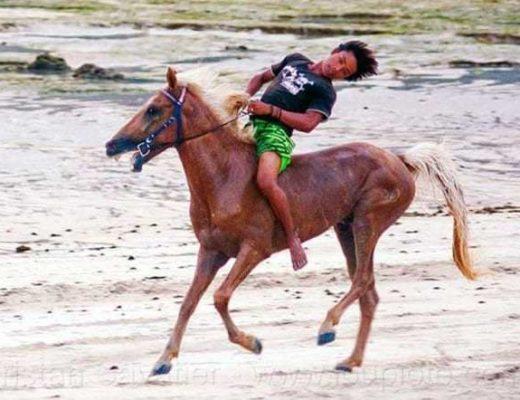
I find that often people give their horses mixed signals when they are nervous or afraid. They speak calming words and attempt to keep still but instead their voice becomes loud and high pitched and their stance is rigid. Horses don’t even need us to speak to understand our nerves, as shown by a great study involving an umbrella!
http://nortonveterinaryconsulting.com/blog/b_18117_the_umbrella_study_how_your_horse_reacts_to_the_beat_of_your_heart.html
Hi Erica,
thanks for that! You know, I have never sat on a horse in my life and just got curious about horse riding after a conversation with a friend and stumbled over your site. This is very interesting and I’m going to try it, there’s a horse riding place in northern Thailand that I’ll visit. Thanks for inspiring me to another item on my bucket list 🙂